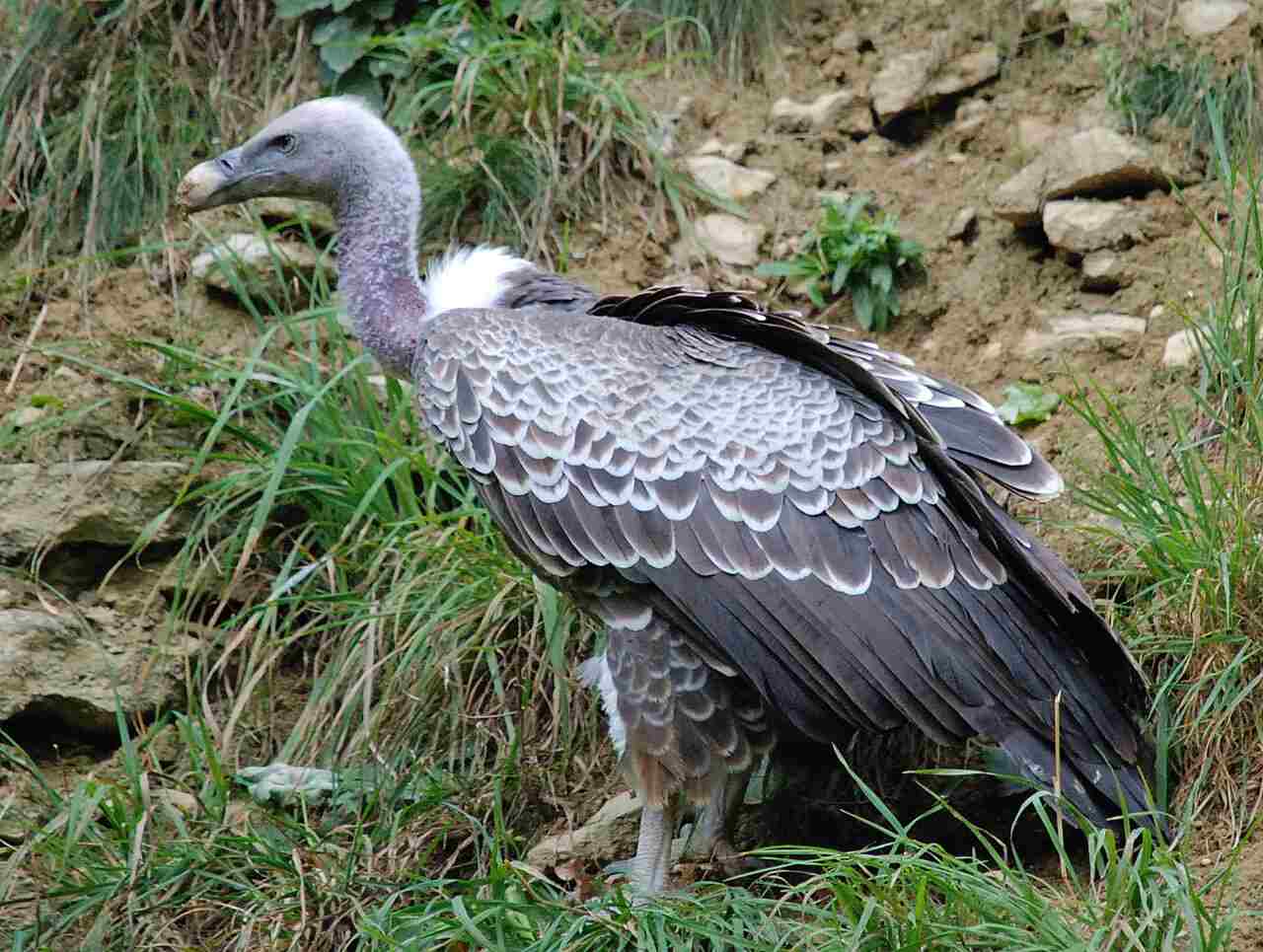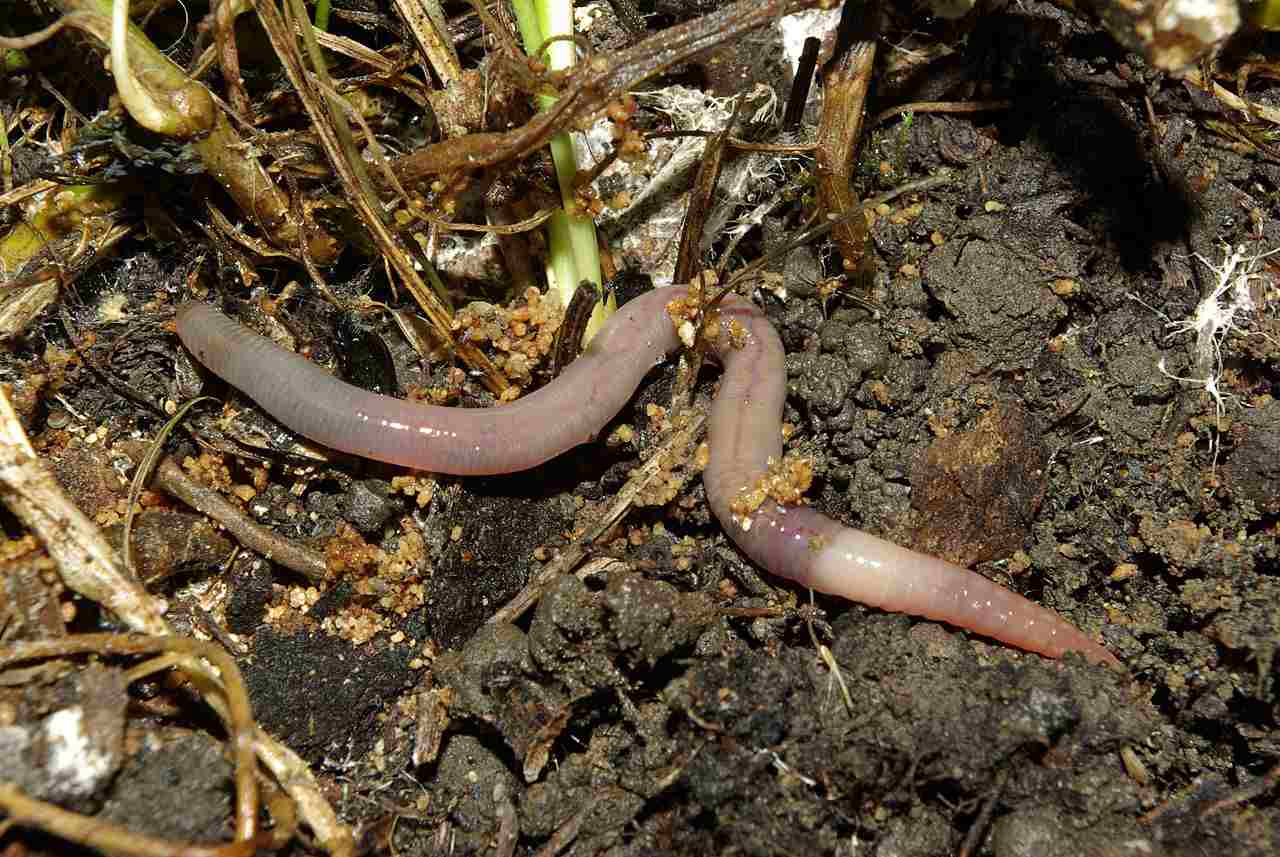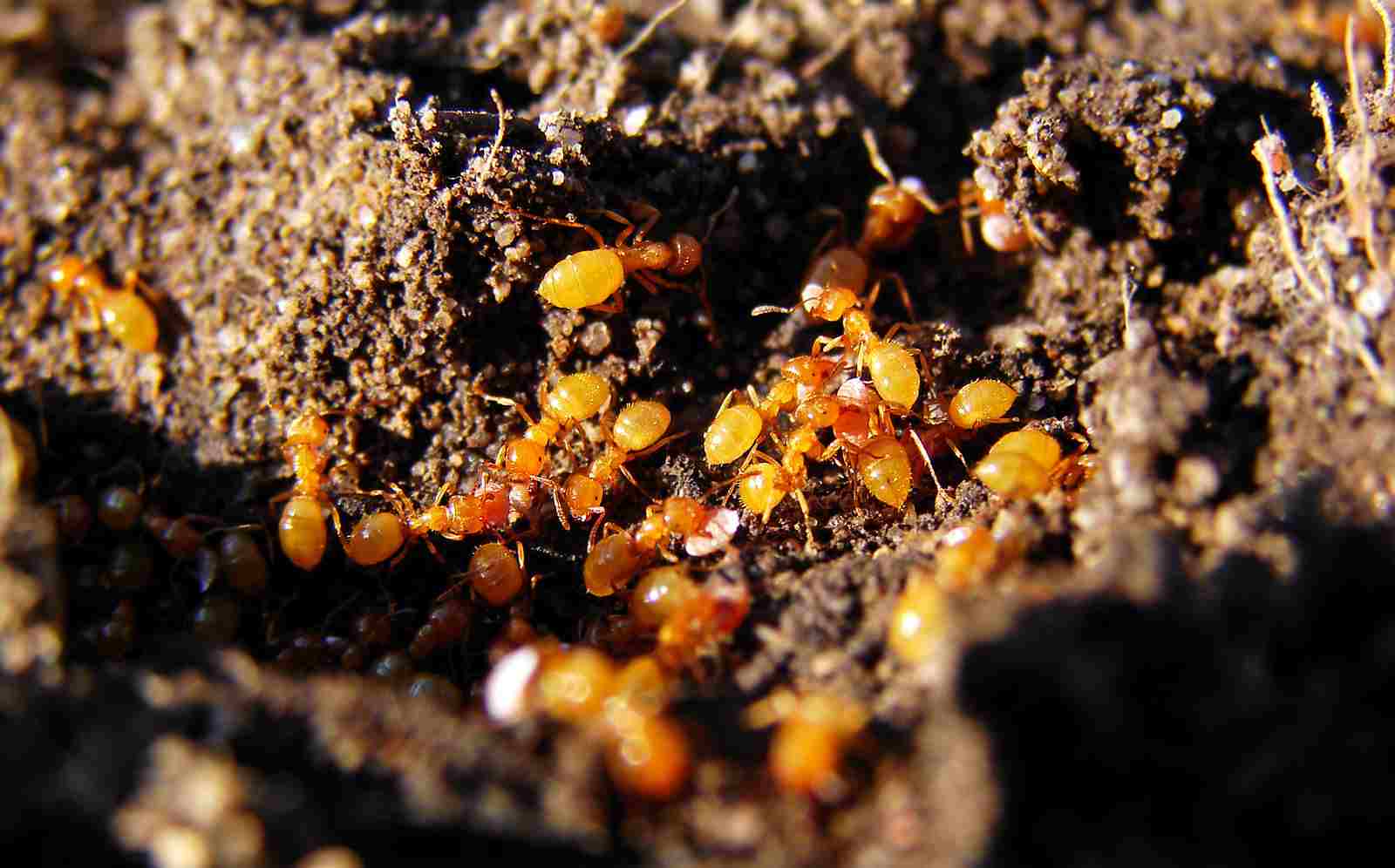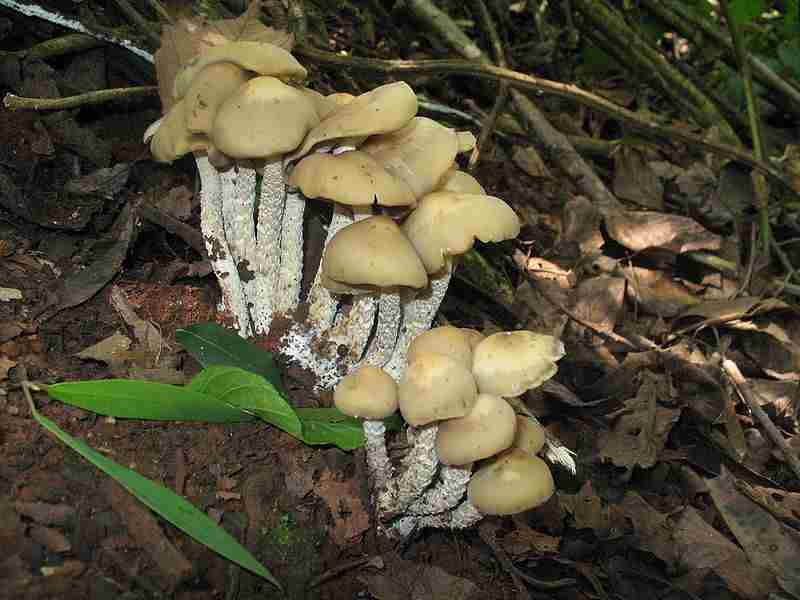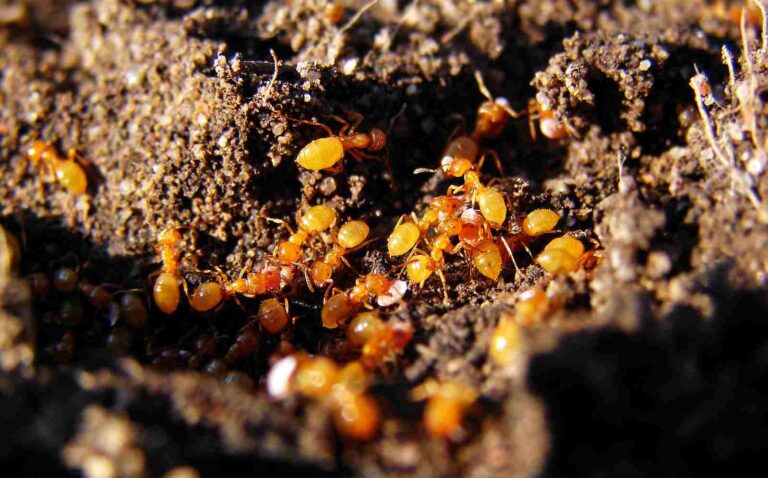Detritivores In Biomass Pyramid And Their Contributions Discussed
Detritivores in the biomass pyramid are organisms that consume dead organic material, such as decaying plants, animals, and other waste. They play a key role in breaking down these materials, helping to recycle nutrients within an ecosystem. Decomposers, like bacteria and fungi, work alongside detritivores to further decompose organic matter, returning vital nutrients to the soil and completing the energy cycle in the pyramid. This activity is crucial for maintaining ecological balance and supporting the flow of energy through various trophic levels.
What Are The Decomposers In The Pyramid Of Biomass?
Decomposers are a vital component of ecosystems and play an essential role in the pyramid of biomass. They break down dead organic matter, returning essential nutrients to the environment, and enabling the recycling of these nutrients within the ecosystem. Without decomposers, ecosystems would be overwhelmed with dead plant and animal material, leading to a breakdown in the flow of nutrients and energy.
In the context of the pyramid of biomass, decomposers occupy a unique position. Unlike producers or consumers, which are typically represented in clear hierarchical levels, decomposers work across the entire pyramid, breaking down matter from all trophic levels. This broad role is crucial for maintaining the balance and sustainability of ecosystems.
Common decomposers include bacteria, fungi, and certain types of microorganisms. These organisms are equipped with enzymes that allow them to break down complex organic molecules like cellulose, lignin, and proteins into simpler compounds. The simpler compounds are then absorbed by decomposers, allowing them to derive energy and nutrients for growth and reproduction.
Types of Decomposers
-
Bacteria: These are microscopic single-celled organisms that play a significant role in decomposition. They are particularly effective in breaking down proteins and other simple organic compounds. Bacteria are also crucial in the nitrogen cycle, converting nitrogenous waste into forms that plants can use.
-
Fungi: Fungi, including molds, yeasts, and mushrooms, are another major group of decomposers. They can break down more complex organic matter like wood and leaf litter. Fungi secrete enzymes that decompose cellulose and lignin, making them instrumental in breaking down dead trees and other plant materials.
-
Actinomycetes: These are a specific group of bacteria known for their filamentous structure. They play a role in breaking down tougher organic material, contributing to the formation of soil structure.
Together, these decomposers ensure the continuous recycling of nutrients within ecosystems. They help convert dead organic matter into inorganic forms that producers (such as plants and algae) can reuse, thus maintaining the energy and nutrient cycles essential for the sustainability of life.
What Is The Primary Role Of A Detritivore Or Decomposer In The Energy Pyramid?
The primary role of a detritivore or decomposer in the energy pyramid is to break down dead organic matter and waste products, facilitating the recycling of nutrients and maintaining the flow of energy within an ecosystem. The energy pyramid illustrates the flow of energy through an ecosystem, from producers at the base, through various levels of consumers, and ultimately to decomposers at the top, albeit with a unique role that spans across all levels.
Decomposers and detritivores convert organic matter back into inorganic forms that can be utilized by producers, like plants and algae, completing the nutrient cycle. They play a critical role in breaking down the remains of dead plants, animals, and waste products, such as fallen leaves, dead wood, carcasses, and fecal matter. By doing this, they release nutrients such as carbon, nitrogen, and phosphorus back into the soil and atmosphere, making them available for primary producers to use for photosynthesis and growth.
Detritivores typically consume larger pieces of organic matter, while decomposers work on a microscopic level, breaking down matter through chemical processes. This dual approach helps ensure that organic matter is efficiently recycled, allowing ecosystems to thrive without a buildup of dead material. Without decomposers and detritivores, the ecosystem would experience an accumulation of waste and a loss of nutrient availability, disrupting the energy flow and overall ecological balance.
What Level Are Detritivores?
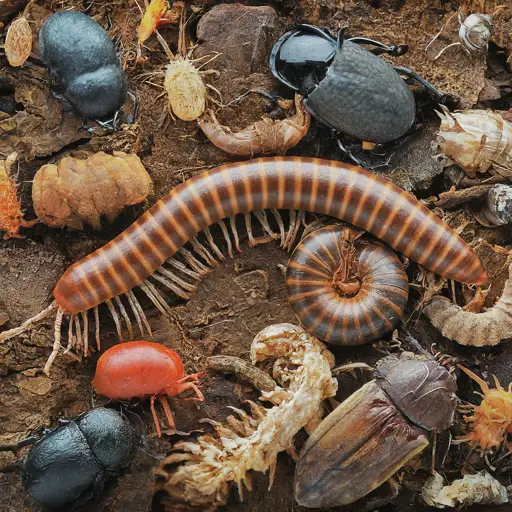
Detritivores and decomposers occupy a unique position in the energy pyramid, interacting with multiple trophic levels. They are not confined to a specific level like primary producers or consumers; instead, they operate across the entire pyramid.
Detritivores generally work at or near the base of the pyramid, consuming detritus—dead organic material that falls to the ground or settles in aquatic environments. This process of detritivory includes a variety of organisms, from earthworms, millipedes, and woodlice to scavenging insects and crustaceans. While they typically process larger pieces of organic matter, their activity creates smaller particles that decomposers, like bacteria and fungi, can further break down.
Decomposers, on the other hand, operate on a microscopic scale, breaking down the remains of dead organisms and other waste materials into simpler chemical compounds. They are crucial for decomposing organic matter into inorganic nutrients that plants can use, thereby completing the cycle of energy and matter within the ecosystem.
Thus, while decomposers and detritivores play different roles, they both contribute significantly to the ecosystem’s health, facilitating nutrient recycling and preventing the accumulation of dead material. Their work supports the energy pyramid by ensuring that nutrients are returned to the base, allowing the continuous flow of energy throughout the ecosystem.
*Summary
-
Decomposers in the Pyramid of Biomass
-
Decomposers break down dead organic matter.
-
Key decomposers are bacteria, fungi, and actinomycetes.
-
They convert complex organic matter into simpler compounds.
-
This process recycles nutrients within the ecosystem.
-
-
Primary Role of Detritivores or Decomposers in the Energy Pyramid
-
They break down dead organic matter and waste products.
-
They release nutrients like carbon, nitrogen, and phosphorus.
-
Decomposers ensure nutrient recycling, allowing ecosystems to function.
-
They prevent the accumulation of dead organic matter.
-
-
Level of Detritivores
-
Detritivores generally operate near the base of the energy pyramid.
-
Decomposers work across all trophic levels, breaking down organic material at the microscopic level.
-
Both detritivores and decomposers play a critical role in nutrient recycling.
-
| Aspect | Description |
| Decomposers in the Pyramid of Biomass |
Decomposers like bacteria and fungi break down dead organic matter, converting it into simpler compounds.
|
| Role of Detritivores or Decomposers in the Energy Pyramid |
They break down dead organic matter, releasing nutrients for producers. This process supports the energy pyramid and prevents waste buildup.
|
| Level of Detritivores |
Detritivores are generally near the base of the energy pyramid, but decomposers work across all levels to recycle nutrients.
|





